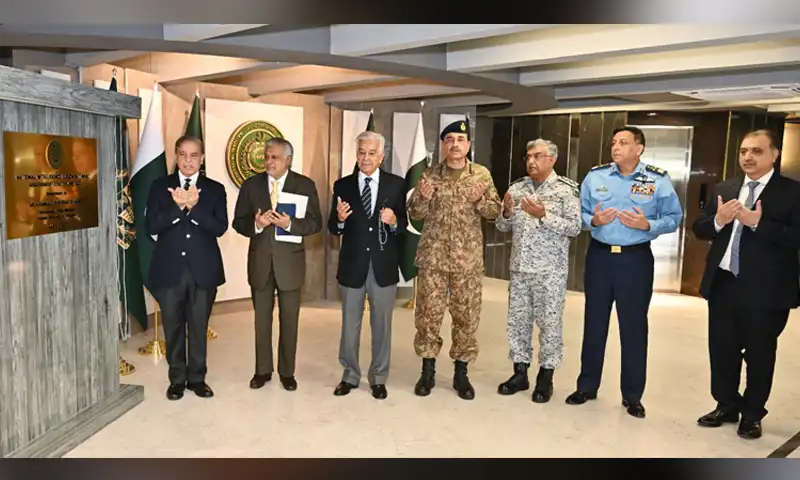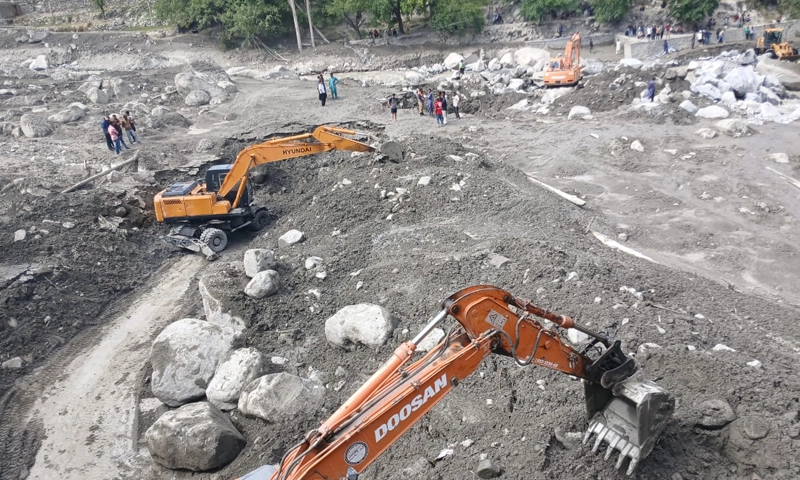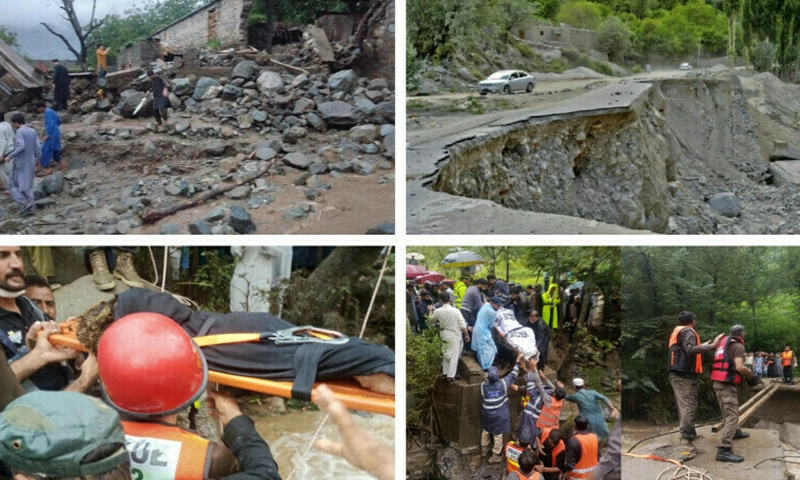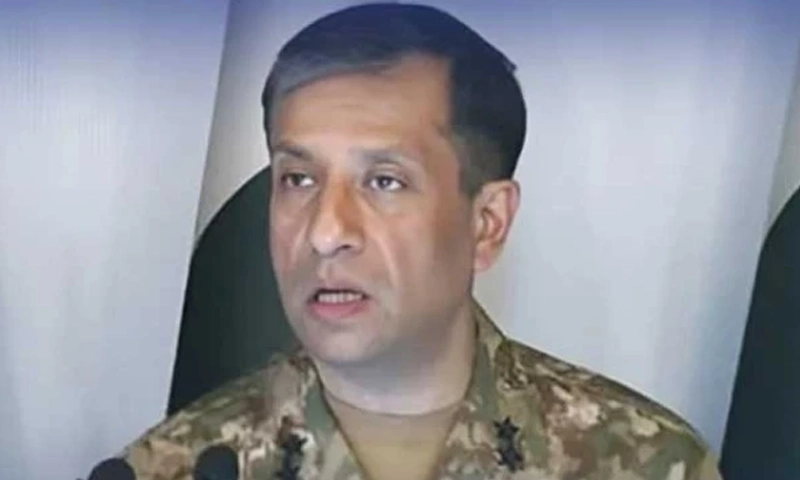- Tanveer Abbas Web Desk
- 3 Hours ago

PM formally inaugurates NIFTAC Headquarters
-
- Web Desk
- May 06, 2025

ISLAMABAD: Prime Minister Muhammad Shehbaz Sharif on Tuesday formally inaugurated the newly established state-of-the-art headquarters of the National Intelligence Fusion and Threat Assessment Centre (NIFTAC).
According to a statement issued by the Prime Minister Office (PMO), the PM was accompanied by Deputy Prime Minister and Foreign Minister Ishaq Dar, Defence Minister Khawaja Asif, and the services chiefs.
As a federal institution, NIFTAC will serve as the central node for coordinating Pakistan’s national counterterrorism strategy, the PMO said.
It added that NIFTAC integrates over 50 relevant federal and provincial departments and agencies into a unified intelligence and threat management architecture supported by a centralized national database.
At the sub-national level, NIFTAC is linked to six Provincial Intelligence Fusion and Threat Assessment Centres (PIFTACs), including those in Azad Jammu and Kashmir and Gilgit-Baltistan—ensuring seamless coordination from federation to provinces.
This integrated framework is designed to harmonize intelligence gathering, analysis, and operational responses across multiple domains. By leveraging the full spectrum of institutional capabilities, NIFTAC will enhance national preparedness, optimise resource utilization, and enable a coherent and timely counterterrorism response.
Commending the efforts of all stakeholders involved in operationalizing this vital capability, the Prime Minister described NIFTAC as a quintessential national platform for collaborative threat assessment and response.
He underscored that dismantling the nexus between terrorism, illicit networks, and external sponsorship requires robust and efficient institutional mechanisms.
NIFTAC, he noted, will play a pivotal role in uprooting terrorism and its support structures from the country.
Earlier in the day, PM Shehbaz visited the Headquarters of Inter-Services Intelligence (ISI), where was apprised of regional security developments and the evolving threat matrix, including conventional military options, hybrid warfare tactics, and terrorist proxies.
The visit entailed a detailed briefing on the prevailing security environment, with a particular focus on preparedness for conventional threat in the light of India’s increasingly aggressive and provocative posture along Pakistan’s Eastern border.






